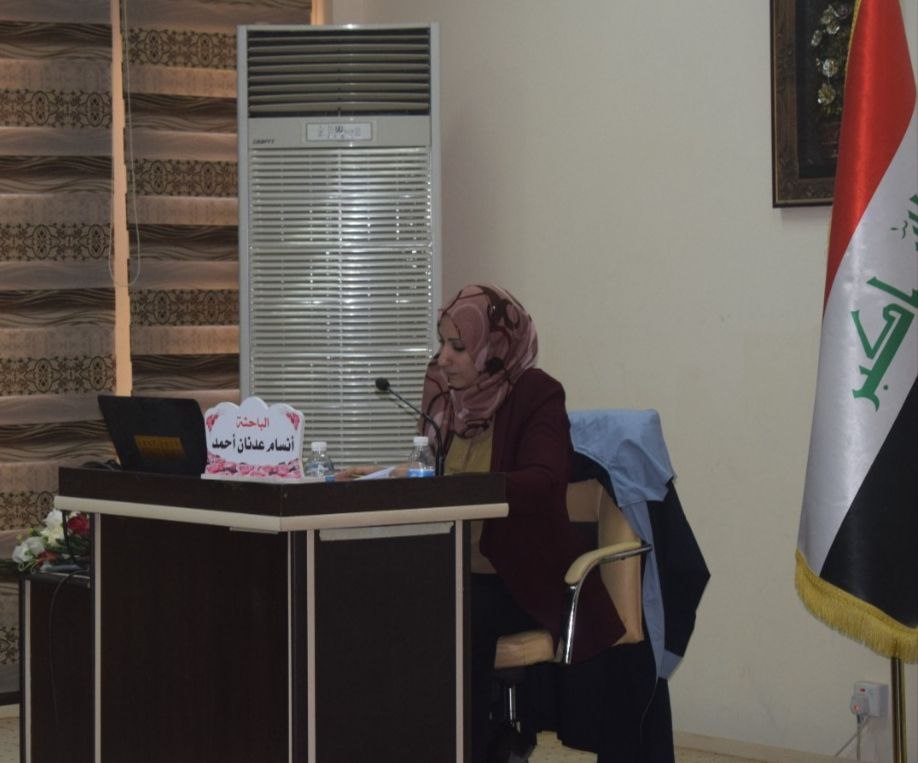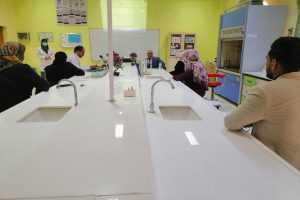The College of Science at the University of Kerbala discussed a study on the effect of some inhibitors on beta-lactam-degrading mineral enzymes produced by pseudo-pseudomonas, for master’s student Ansam Adnan Ahmed.
The study aimed to isolate Pseudomonas aeruginosa bacteria from burn patients in hospitals, as well as to test the effect of the action of some inhibitors on mineral-soluble beta-lactam enzymes (MBLs) produced by Pseudomonas aeruginosa bacteria responsible for its resistance to antibiotics. They were cultured on selective medium (citramide agar) and confirmed by PCR. 100/249 (40.16%) of the smears were found to be Pseudomonas aeruginosa.
The study concluded that the results of the antibiotic sensitivity test for all gene-bearing isolates showed that the highest resistance was against piperacillin and the lowest resistance for most genes was against cefepime. In addition, the prevalence of multi-drug resistant Pseudomonas aeruginosa bacteria in burn wounds is still high and the phenotypic detection of beta-lactam enzymes Mineral lysates (MBLs) may be insufficient to confirm enzyme production by bacteria
4- The high rate of metabolizing mineral beta-lactam enzymes (MBLs) among isolates of Pseudomonas aeruginosa bacteria and the ineffectiveness of the active ingredients of garlic (lysine, sultamicillin tosylate and diallyl trisulfide) as an antibacterial or an inhibitor of MBLs enzymes.
The study recommended the necessity of measuring the resistance of bacteria to multiple classes of antibiotics, as well as the necessity of conducting extensive studies to confirm the production of the enzyme by bacteria.































































